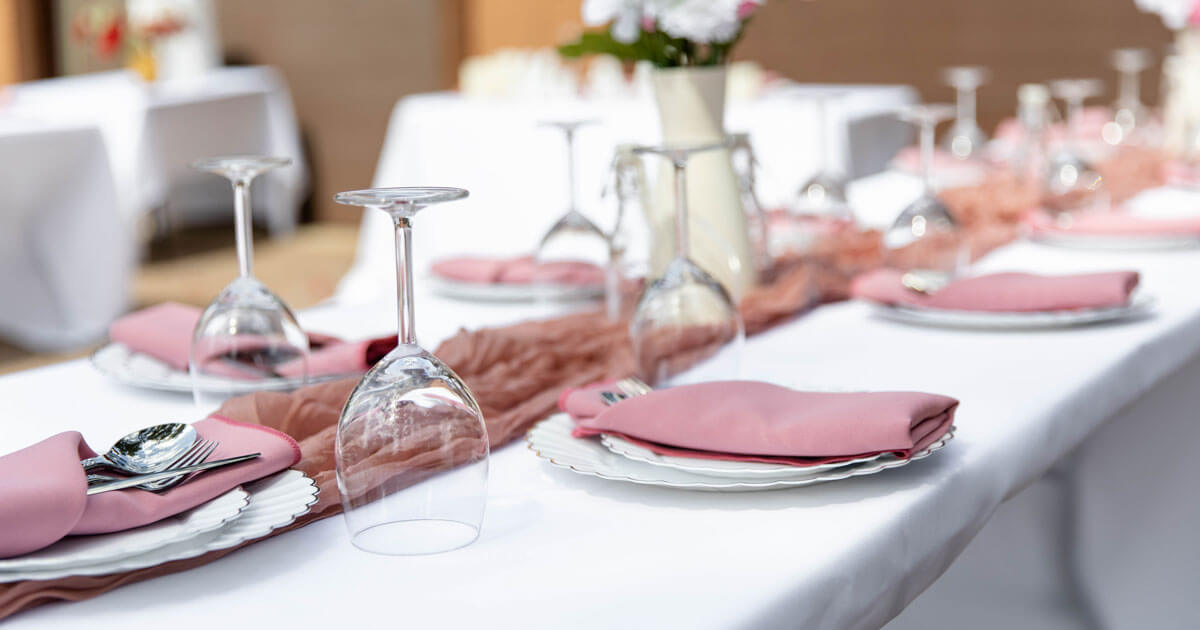Long before social media brought people together over wireless communication, country clubs were the social outlets certain American societies depended on. The local tavern was and still remains a hot spot for gatherings. However, nearby country clubs offered an alternative style of social gathering; becoming a true part of American culture both then and now.
There is a rich history behind country clubs and why they continue to survive and thrive throughout the centuries of existence. Let’s explore in more depth the roots of country clubs in America.
A Symbol of American Upper-Class
After the Civil War ended in the 1860’s, the need for gathering and re-establishing a united society was evident. The upper-class elites of British descent were inspired by Britain’s iconic social institutions known as a “country house”. These British country houses were known as retreat opportunities constructed in miniature mansion-like style. Wealthy families enjoyed a shared country house to gather at when traveling or enjoying seasonal stays with dining and sport activities.
American high-society desired a similar place where they came together into a luxurious “home away from home” environment. A place where the wealthy American class could dine and discuss business, enjoy golf, attend ballroom dances, and engage in other elite social activities together.
Introducing a New Century to the Country Club Experience
During the 1880’s through the 1930’s, America experienced a boom in country club establishments quickly being built across the nation. The very first country club was founded in Brookline, Massachusetts in 1882, an area just outside of Boston. Currently, the United States is home to over 9,500 country clubs offering a place to play golf and reinforce business connections.
Although many country clubs offer select events or services open to the public or guests of a member, country clubs remain diligent about traditional membership-only access. Country clubs were designed to bring members together for fine-dining and sport activities including horseback riding, polo, golf, cricket, fox hunting, tennis, etc.
Golf remains the most popular reason to join a country club as it provides members with opportunities to develop their skills and attend competitive golfing events.
Long Lasting Networking Opportunities
It wasn’t long after country clubs were first established they became widely known as a place where elite American upper-class socialized. Not only was it an outlet for like-status individuals, but a place where politicians, and community leaders could discuss new opportunities and other business ventures.
The same goes for country club environments today. Not only are they popular for playing golf, but also used as a place where wealthy members are able to network and make meaningful connections in business, government, and other societal leadership roles.
What to Expect in Today’s Country Club
Today, the American country club continues to hold true to its traditional roots in many ways. However, there are some emerging trends that country clubs are adopting to keep up with the demands of a changing culture. For example, more fitness and wellness amenities are now widely available in most country clubs along with increased technology integration. Also, many country clubs are growing more philanthropic-minded by hosting fundraising events for local nonprofit organizations.
Country clubs in America are rich with history while continuing to be an established part of our future as a nation.
Experience Premier Social Amenities at Salina Country Club
For over 100 years, the Salina Country Club has been a landmark in many people’s lives as we provide a way for people to meet, mingle, and play together. Members have enjoyed the club for generations and have gathered here to get away from the stress of their professional lives and create cherished memories with their families.
Contact us today to learn about our community and enjoy our amazing amenities that bring people together.





